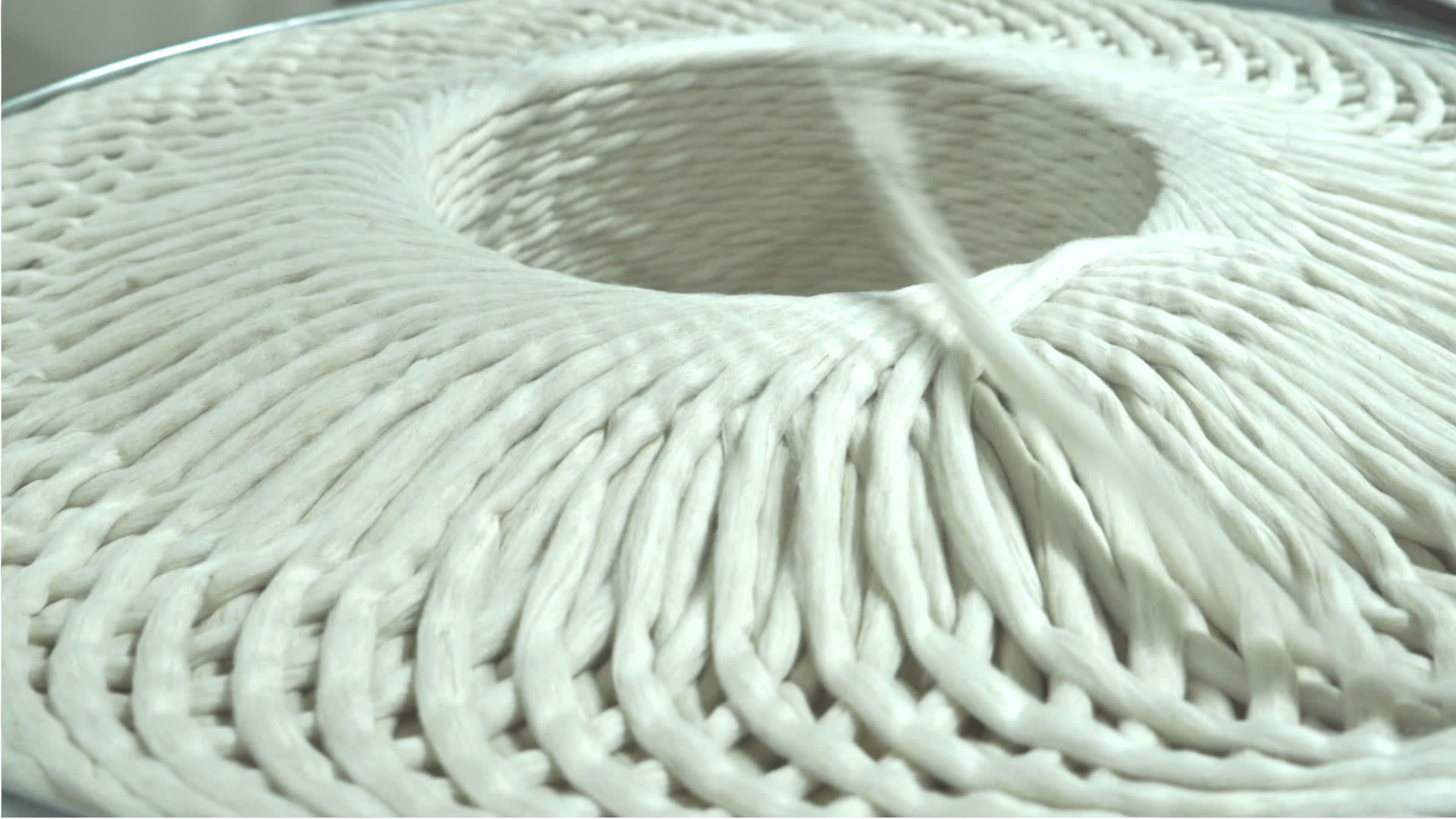Textile Cutting Machine Setters, Operators, & Tenders
Cutter, Cutter Operator, Fabric Cutter, Spreader
What they do:
Set up, operate, or tend machines that cut textiles.
On the job, you would:
- Inspect products to ensure that the quality standards and specifications are met.
- Place patterns on top of layers of fabric and cut fabric following patterns, using electric or manual knives, cutters, or computer numerically controlled cutting devices.
- Start machines, monitor operations, and make adjustments as needed.
Knowledge
Manufactured or Agricultural Goods
- manufacture and distribution of products
Math and Science
- arithmetic, algebra, geometry, calculus, or statistics
Skills
Basic Skills
- keeping track of how well people and/or groups are doing in order to make improvements
- listening to others, not interrupting, and asking good questions
Problem Solving
- noticing a problem and figuring out the best way to solve it
Abilities
Hand and Finger Use
- keep your arm or hand steady
- hold or move items with your hands
Controlled Movement
- quickly change the controls of a machine, car, truck or boat
- use your arms and/or legs together while sitting, standing, or lying down
Personality
People interested in this work like activities that include practical, hands-on problems and solutions.
They do well at jobs that need:
- Cautiousness
- Dependability
- Attention to Detail
- Stress Tolerance
- Perseverance
- Achievement Orientation
Technology
You might use software like this on the job:
Spreadsheet software
- Microsoft Excel
Electronic mail software
- Microsoft Outlook
Enterprise resource planning ERP software
- SAP software
Education
Education: (rated 2 of 5)
high school diploma/GED or
no high school diploma/GED
usually needed
no high school diploma/GED
usually needed
Get started on your career:
Apprenticeship.gov
Job Outlook
Below Average
New job opportunities are less likely in the future.
Explore More
- Cutting & Slicing Machine Setters, Operators, & Tenders
- Cutting, Punching, & Press Machine Setters, Operators, & Tenders, Metal & Plastic
- Grinding, Lapping, Polishing, & Buffing Machine Tool Setters, Operators, & Tenders, Metal & Plastic
- Paper Goods Machine Setters, Operators, & Tenders
- Woodworking Machine Setters, Operators, & Tenders
You might like a career in one of these industries:
See more details at O*NET OnLine about Textile Cutting Machine Setters, Operators, & Tenders.





